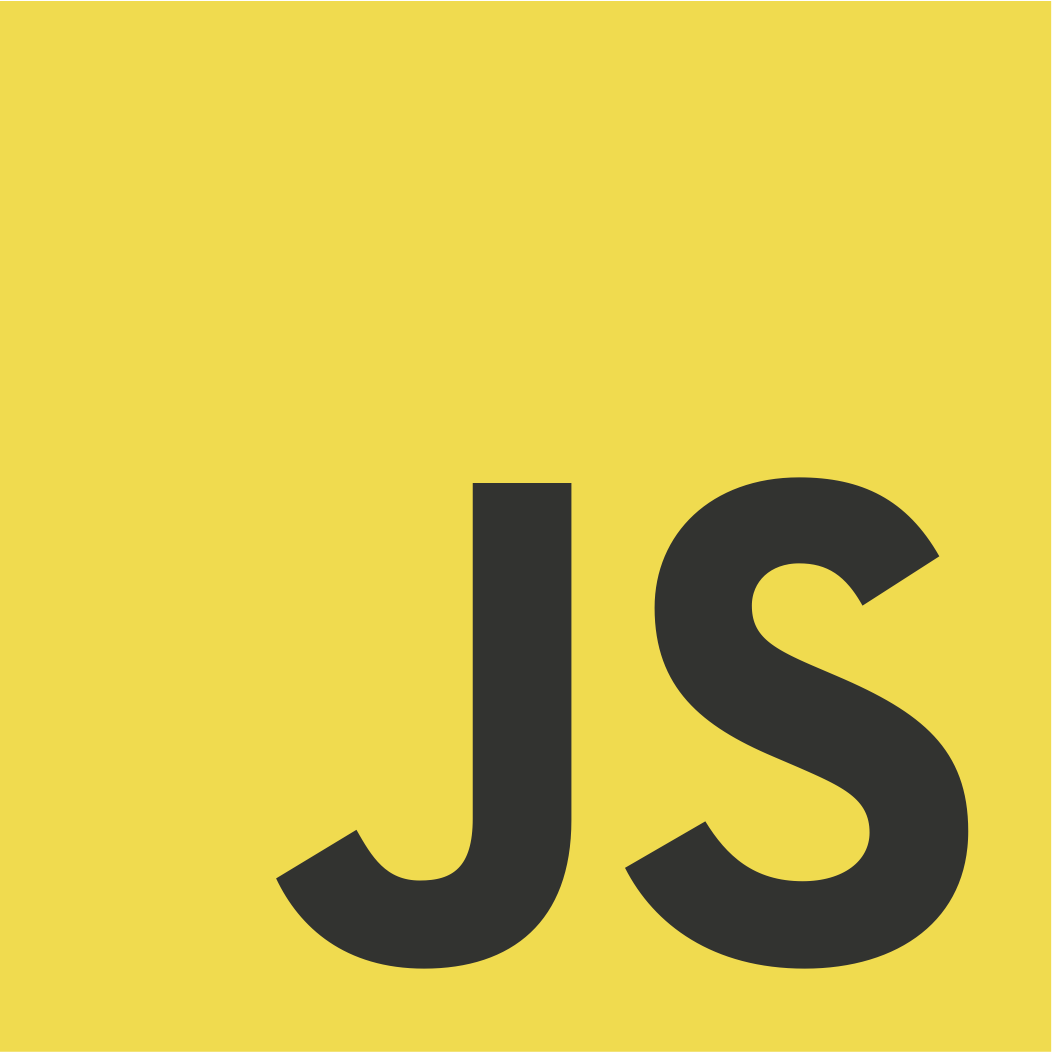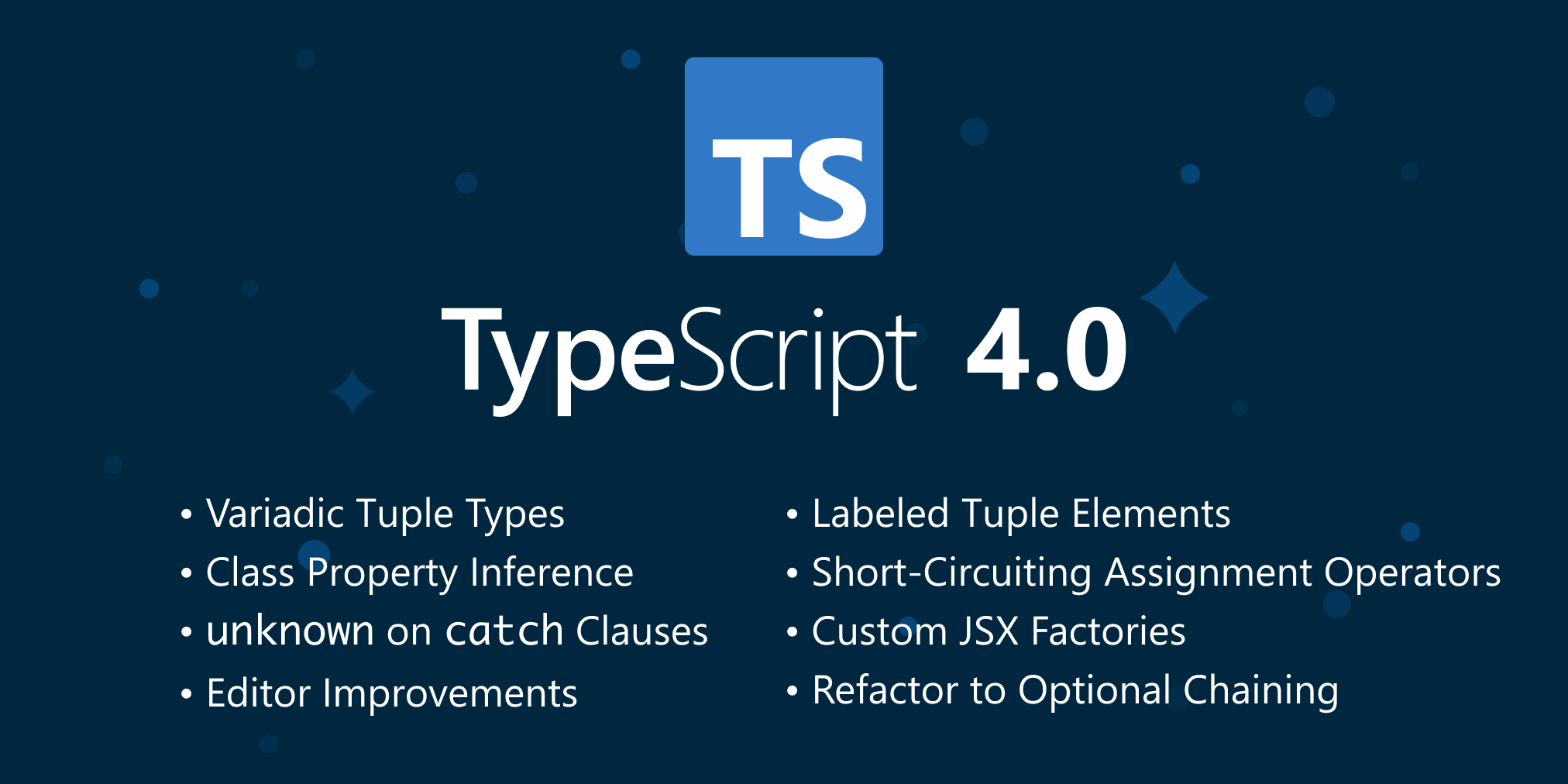
Start Backend or Frontend First for Simple Project Tracker?
Explore whether to begin with backend or frontend for a simple full-stack project tracker, with best practices, trends, and verified code examples.
Bhavishya Sahdev
Author
Should I Start with the Backend or Frontend for a Simple Project Tracker Full-Stack Project?

Introduction
When embarking on building a simple project tracker as a full-stack application, developers often confront a fundamental question: should I start with the backend or the frontend? This decision shapes development workflow, impacts project architecture, and influences how teams handle design, testing, and iteration. Understanding the merits and drawbacks of each approach helps ensure a smooth process and robust final product for both beginners and intermediate developers [GeeksforGeeks, Medium].
What Determines Starting Frontend or Backend?
Your choice depends on project goals, team structure, and priorities. Backend-first development focuses on shaping data models, API endpoints, and database schema early, providing a solid foundation for frontend work. Frontend-first emphasizes user experience, interface design, and user interactions upfront, which can be useful for refining user flows and design before backend implementation.
Both approaches require coordination and can benefit from an API-first mindset and tools that facilitate mocking or contract-driven development, enabling frontend and backend teams to work in parallel [GeeksforGeeks, Medium].
Advantages of Backend-First Approach
Starting with the backend has clear advantages for a simple project tracker:
- Defines Data and APIs Early: Establishing the backend first structures your data models, API endpoints, and how the database is organized. This foundation helps frontend development precisely consume those APIs without guesswork.
- Independent API Testing: Backend APIs can be tested independently, which improves reliability and allows frontend developers to use mocked API responses to progress before the backend is complete.
- Solid Data Foundation: Ensures consistency of data across the app, especially important for project tracking where tasks, statuses, deadlines, and users interact intricately.
This approach aligns with established best practices and recommendations found in tutorials such as FreeCodeCamp's step-by-step full-stack app guide using React and Express [FreeCodeCamp].
Code Example: Basic Backend Server Setup
javascriptconst express = require('express'); const app = express(); const port = 3000; app.get('/', (req, res) => { res.send('Hello World!'); }); app.listen(port, () => { console.log(`Example app listening on port ${port}`); });
This example, verified with Express.js version 4.x, sets up a simple server to respond to requests and serves as the backend starting point [Express Documentation].
Advantages of Frontend-First Approach
Starting from the frontend focuses on designing and refining user experience:
- User-Centered Design: Developers and designers craft interfaces and workflows based on user needs, which can clarify requirements early.
- Early User Feedback: Enabling stakeholders to interact with UI prototypes guides backend adjustments to better support desired features.
However, this method may require backend rework if initial API requirements change, and coordination is critical to avoid disconnects.
Code Example: React Functional Component with State
javascriptimport { useState } from 'react'; function MyButton() { const [count, setCount] = useState(0); function handleClick() { setCount(count + 1); } return ( <button onClick={handleClick}> Clicked {count} times </button> ); } export default function MyApp() { return ( <div> <h1>Counters that update separately</h1> <MyButton /> <MyButton /> </div> ); }
This React example, compatible with React 19.1, demonstrates frontend state management, enabling developers to iterate on UI components independently [React Documentation].
Best Practices and Trends in Full-Stack Development
Current industry trends favor hybrid approaches leveraging API-first development principles:
- API-First Development: Designing the backend APIs as the core contract ensures alignment and facilitates parallel frontend and backend progress.
- Modern Frontend Frameworks: Single-page applications (SPAs) built with React or Vue.js are often paired with RESTful or GraphQL APIs.
- Development Speedups: Low-code or no-code backend solutions enable rapid prototyping of APIs to support UI development.
- Backend Flexibility: Microservices and serverless architectures provide scalable backend options decoupled from frontend designs.
These practices help teams maximize efficiency and maintain clarity across the development lifecycle [GeeksforGeeks, FreeCodeCamp].
Conclusion
For a simple full-stack project tracker, starting with the backend is generally recommended to ensure a solid data foundation, clearly defined APIs, and independent testing capabilities. This backend-first approach supports frontend development by delivering reliable APIs, allowing for more predictable and maintainable UI implementations.
Conversely, frontend-first can help optimize user experience and flows but may introduce backend rework risks. The best approach often depends on your team's skills and project priorities. Incorporating mocked APIs or API contracts can facilitate parallel development and reduce friction.
In summary, evaluate your project specifics, consider your workflow preferences, and leverage best practices such as API-first design to decide the order for starting backend or frontend development.
References
- Express - Hello World Example - Official Express.js documentation, verified for version 4.x usage.
- React Documentation - Quick Start Guide - Official React docs for version 19.1.
- GeeksforGeeks - Should We Build Frontend or Backend First in Web Development Projects? - Reputable discussion on development workflow.
- Medium - Should I Build the Frontend or the Backend First? - Community perspectives matched with industry practices.
- FreeCodeCamp - How to Build a Simple Project Management App with React, Express, MongoDB - Verified tutorial demonstrating backend-first approach.

